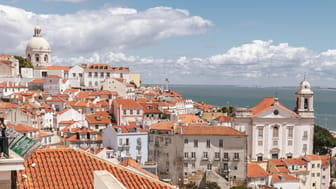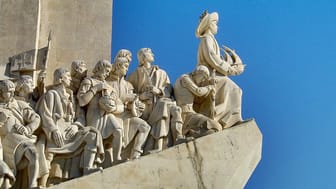Commerce Square
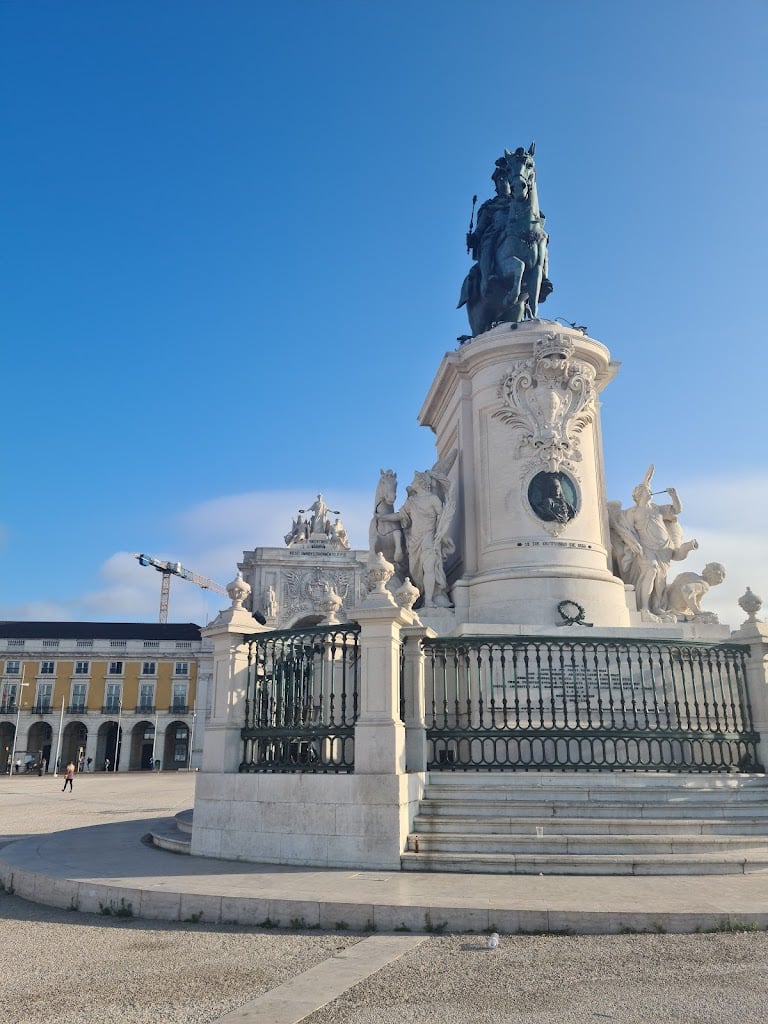

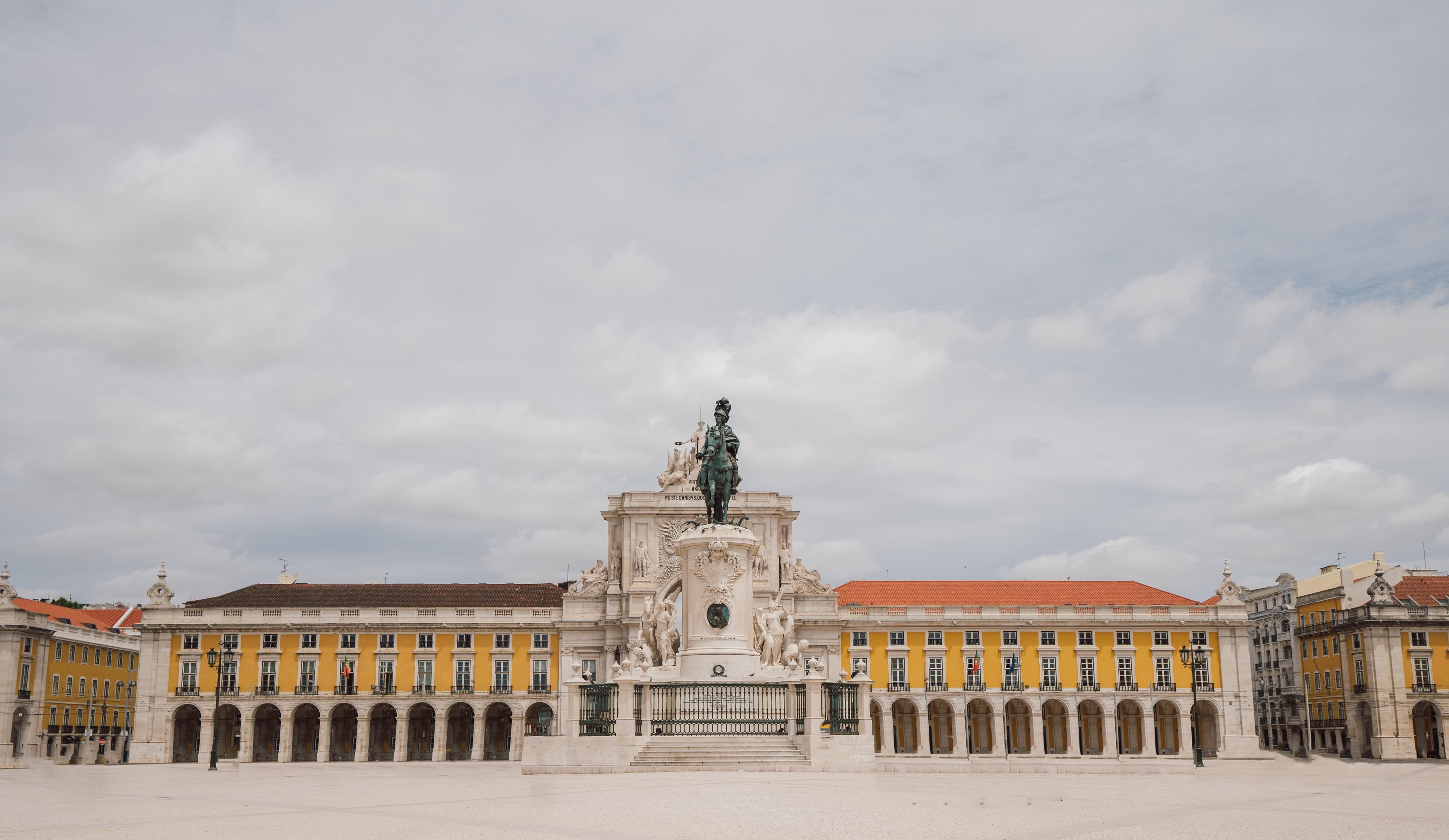
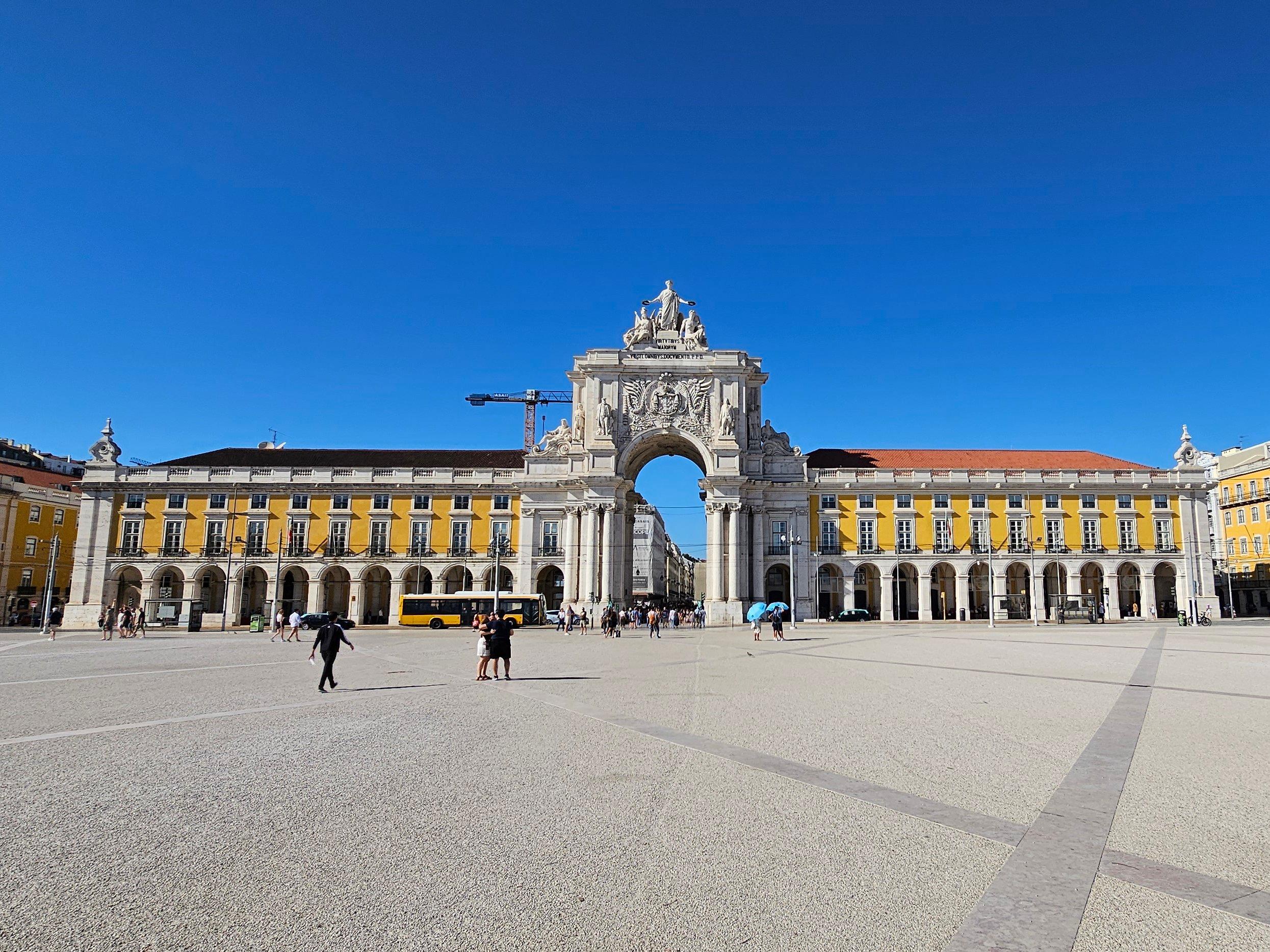
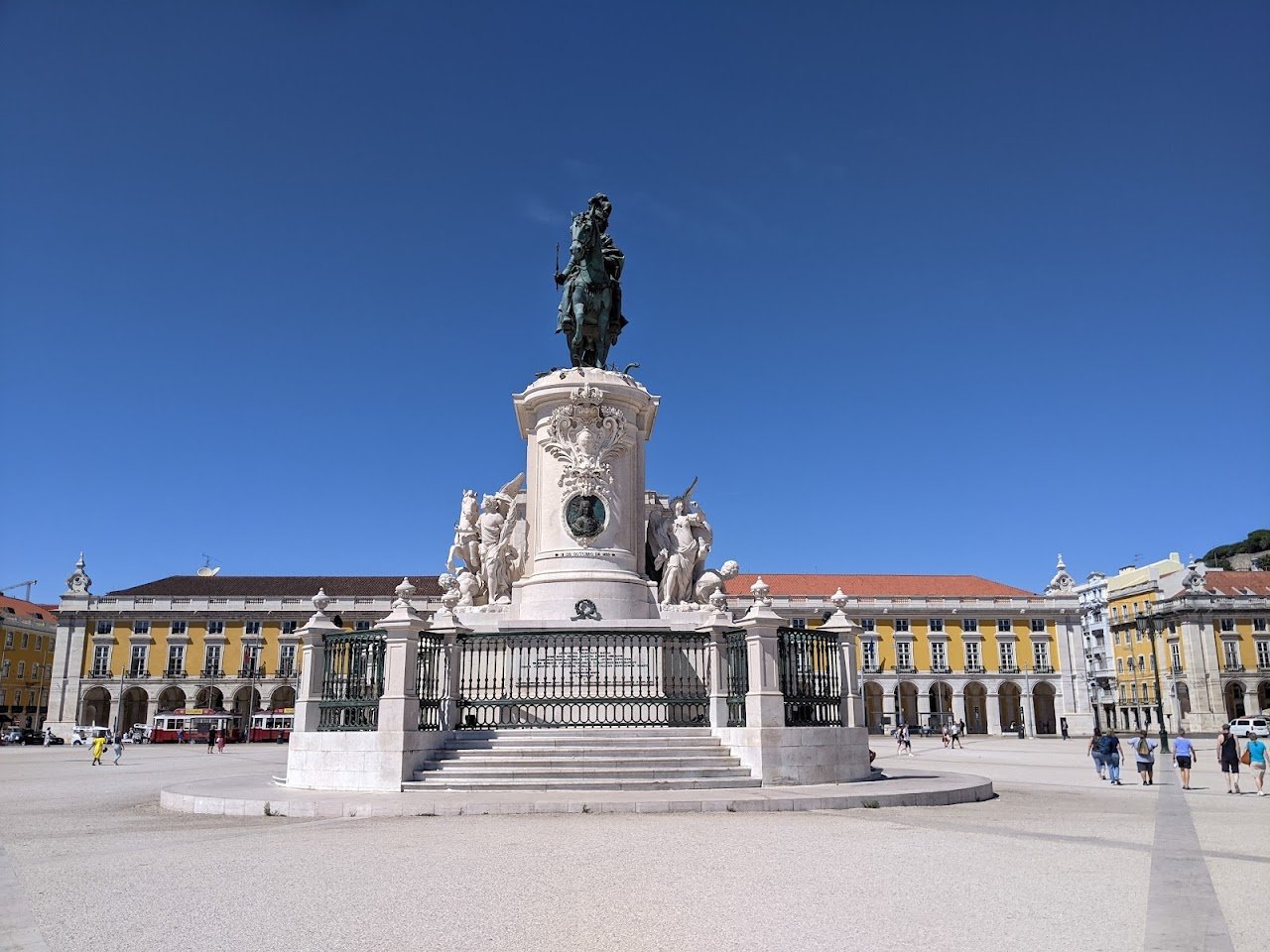
Ask ThatchGPT
Suggest a local expert to plan my trip
Suggest an unique itinerary for my Lisbon trip
What foods do Lisbon locals eat
What are some true hidden gems in Lisbon
Help me brainstorm trip ideas for Lisbon
Help me plan a family-friendly trip to Lisbon
What people say
Pedro Pereira
Available for hire
"It is one of the most beautiful squares in Europe, opening to the south onto the immense Tagus estuary. Until the era of air transport, it was Lisbon's great reception room for those who came by boat and could thus enjoy its beauty even better. The pier was located here where the Kings and Heads of State who visited Portugal disembarked.
Before the 1755 earthquake it was called Terreiro do Paço. The Royal Palace then occupied the western wing of the square since the beginning of the 19th century. XVI, when D. Manuel transferred it from São Jorge Castle to this location. In 1580, Philip I of Portugal ordered the construction of a new Palace, with the design of Filippo Terzi and Juan Herrera (the same architect of the Escorial). Everything was destroyed by the earthquake. The name of Praça do Comércio dates back to Pombal's time and reflects a new social order that the Minister of D. José I understood to privilege and value: the commercial, financial and bourgeois class that contributed so much to the reconstruction of his city.
In the geometric center of the Square, and facing the river, there is the equestrian statue of D. José I, mounted on his horse Gentil, the work of the sculptor Machado de Castro. It was placed in this location, with great pomp, on June 6, 1775, the King's birthday, who discreetly watched the event from one of the windows of the Customs building. The festivities lasted three days and included a gigantic banquet for all the people of Lisbon. On the pedestal, on the river side, the effigy of Pombal (removed when the Minister fell into disgrace and replaced by the Liberals in 1834) is surmounted by the royal shield. The sculptural groups on each side of the pedestal represent Triumph, leading a horse, and Fame, leading an elephant, in a clear allusion to the Portuguese overseas domains. On the back of the pedestal, an allegorical bas-relief represents the various contributions to the reconstruction of Lisbon.
Underneath the North arcades, near the entrance to Rua do Ouro, don't miss the Martinho da Arcada café-restaurant, a landmark in the city and one of its places of worship. Before continuing along Rua Augusta, which leads to Rossio, stop for a moment to observe the Triumphal Arch that adorns the passage."
Ariel Blakeman
"This is one of the most beautiful squares in all Europe, opening southwards onto the huge Tagus estuary. Until the era of mass aviation, this was Lisbon´s great reception hall for visitors arriving by sea even better able to enjoy its beauty from their vantage points on slowly docking vessels. It was at the dock here that the Kings and Heads of State would disembark when visiting Portugal. Prior to the 1755 earthquake, it was called the Terreiro do Paço (Royal Yard). The Royal Palace had been sited on the western side of the square since the 16th century when king Manuel transferred the court down from the Castle of São Jorge (St. George). In 1580, Filipe I of Portugal ordered the building of a new square with the work the responsibility of Filippo Terzi and Juan Herrera (the architect responsible for the Escorial). Everything was destroyed by the earthquake. The name Praça do Comércio (Commercial Square) belongs to the Pombal era and represents the new social order that the minister to king José I wanted to favour and promote: the trading, financial and bourgeois classes that had contributed so much to rebuilding the city."
Read more in:
Giulia Martini
Available for hire
"I wouldn't say this was the highlight of the trip but it is definitely worth going because the sorroundings are amazing and it is right in front of the ocean. Unfortunately, the weather was not the best when I was there and I could not appreciate it as much as I would have liked but overall definitely worth stopping here"
Read more in:
Mentioned in these guides
About Commerce Square
Get the inside scoop on Commerce Square from local experts, travel creators, and tastemakers. Browse genuine trip notes, Commerce Square reviews, photos, travel guides, and itineraries from real travelers and plan your trip with confidence.
Save this spot for later or start mapping out a new trip today
Try our AI Travel Assistant and get instant answers to any questions about your trip.
Ask ThatchGPT

